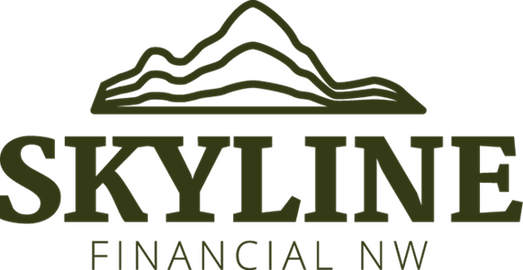The Cost of Keeping Cash
Field Note: May 2022
In times of uncertainty, of which we’ve seen our fair share lately, cash can feel like a necessary safety cushion. It’s easy to fall prey to the idea that the more we have, the more prepared we are to weather a storm.
And yet, stockpiling cash, in most economic climates, guarantees the loss of real wealth and stifles an investor’s return on wealth. The reason why is simple, and one we’ve heard much about lately: inflation. As inflation increases, the purchasing power of cash decreases. Recently, with inflation at its highest levels in decades, the amount of goods and services you can purchase is eroding at a historically high rate. The annualized monthly average inflation in 2022 is nearly 8 percent with the Fed revising their annual 2022 projection from 2.7 percent to 4.1 percent in March. That’s a projected 4.1 percent loss of purchasing power of the cash sitting in your bank, earning 0.06 percent interest from the Wells Fargos and Chases of the world.
In US Dollars. Source for 1916 and 1966: Historical Statistics of the United States, Colonial Times to 1970/US Department of Commerce. Source for 2017: US Department of Labor, Bureau of Labor Statistics, Economic Statistics, Consumer Price Index- US City Average Price Data
Cash Management Basics
Managing cash in the bank is an often overlooked opportunity in financial planning. We regularly speak to clients about how much cash they keep on hand and how to optimize their cash management system because of its critical role in efficient wealth creation and retention After income, it is one the strongest predictors of plan success for clients underway.
What shape your system takes is a matter of personal preference. There are many functional ways to structure your personal banking. For many, income is automatically deposited via direct deposit. We recommend setting up automatic monthly transfers to various goal-driven savings vehicles. The magnitude of the transfers is often determined through our financial planning process and the identification of individual goals. Automating savings and avoiding consumer debt is a proven system for meeting savings and budget goals.
Once your system is up and running, the work becomes monitoring the level of cash in your accounts. As a starting point, we recommend a ‘floor’ in your checking account of 1.25-2 months of living expenses. This floor helps to absorb larger than normal months of spending (i.e., birthdays and holidays). After you select a floor, the next step is to select a ceiling. A ceiling is typically no greater than three months of living expenses, but, in the effort to limit cash drag, the goal is keep one’s ceiling as close to their floor as possible. For people with very stable income and expenses, their floor and ceiling may be the same. If your cash falls below the floor, this can be a sign of excess spending. If your cash rises above the ceiling, this should trigger savings behavior.
Where to Put Cash Instead
Where you put excess cash is dependent on personal goals, income variance, and risk tolerance. We advise clients to put funds to work in an adequate emergency fund, a goal-driven Large Purchase Savings program, and risk-driven retirement allocations.
Past performance is not a guarantee of future results. Benchmarks are not available for direct investment; their performance does not reflect all the expenses associated with management of an actual portfolio.
In USD. Chart shows growth of $100,000 from January 1, 2017 through December 31, 2021. SFNW benchmarks are monthly historical performance less a 0.90% management fee. Monthly inflation rates calculated using the current Consumer Price Index published monthly by the Bureau of Labor Statistics (BLS). National savings rates based on historical six month averages.
Ultimately, finding the right amount of cash for you is a matter of monthly expenses and risk tolerance. We encourage everybody to consider their cash management practices and hone them over time. In so many ways, this is the front line of personal finance. Contact your Skyline advisor today if you would like to develop a cash management system that works against the real threat that inflation poses to efficient saving.


